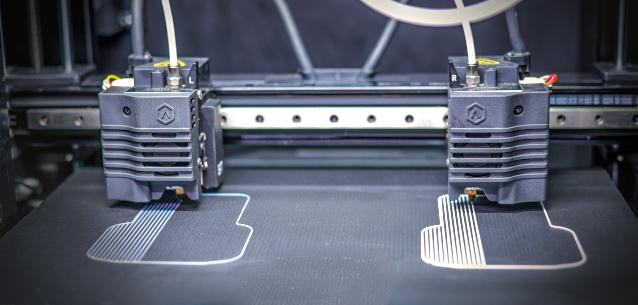3D printing has revolutionized manufacturing, prototyping, and DIY projects, offering precision and customization like never before. However, achieving consistently high-quality prints can be challenging due to environmental factors. A 3D printing enclosure plays a crucial role in enhancing print quality by providing a controlled environment for optimal performance. Let’s explore how enclosures improve 3D printing results.
1. Temperature Stability for Better Adhesion
One of the primary benefits of a 3D printing enclosure is temperature regulation. Certain filaments, such as ABS and Nylon, require a stable and warm environment to prevent warping or cracking. Enclosures help maintain a consistent temperature, improving layer adhesion and reducing defects.
2. Minimizing Warping and Cracking
Warping is a common issue when printing with materials that contract as they cool. Sudden temperature fluctuations cause uneven cooling, leading to warped prints or layer separation. A 3D printing enclosure minimizes exposure to external air drafts, ensuring gradual and uniform cooling.
3. Reduced Noise and Fumes
Enclosures not only improve print quality but also enhance safety and comfort. Certain filaments emit fumes during printing, which can be unpleasant or even harmful. A well-ventilated enclosure helps contain and filter these fumes. Additionally, it reduces the noise generated by stepper motors and fans, making the printing process quieter.
4. Protection from External Interference
Open-frame 3D printers are susceptible to dust, dirt, and accidental contact, which can disrupt prints. An enclosure acts as a protective barrier, keeping contaminants away and ensuring that pets, children, or unintended bumps don’t affect the printing process.
5. Enhanced Print Quality for High-Precision Models
By reducing airflow disturbances and maintaining stable conditions, enclosures help achieve more consistent layer alignment, improving the overall precision of the prints. This is particularly important for complex designs, intricate details, and professional-grade prints.
 :
https://in.pinterest.com/mechpowertech/
:
https://in.pinterest.com/mechpowertech/












